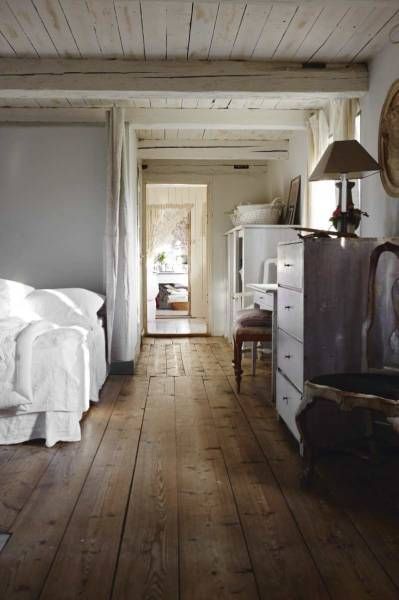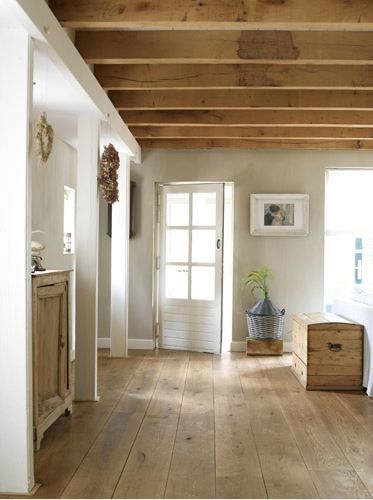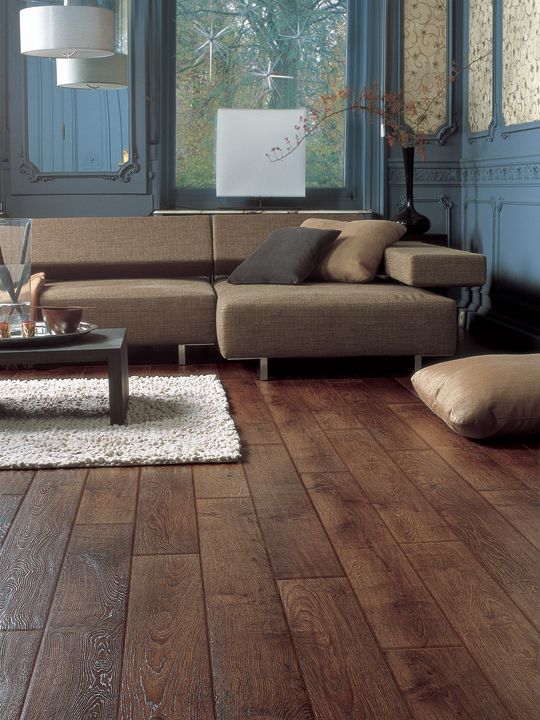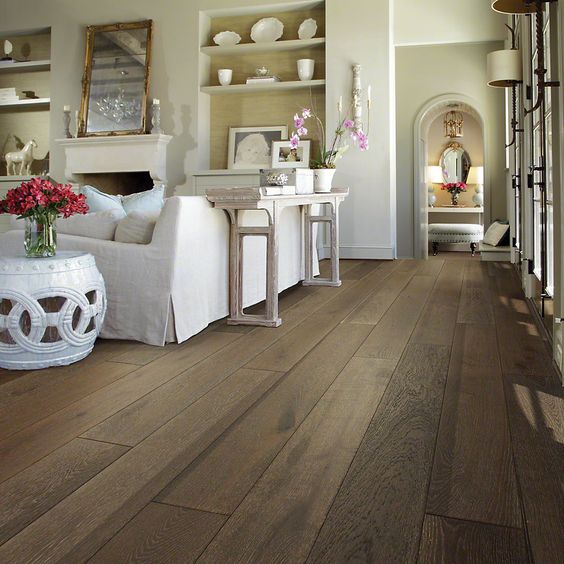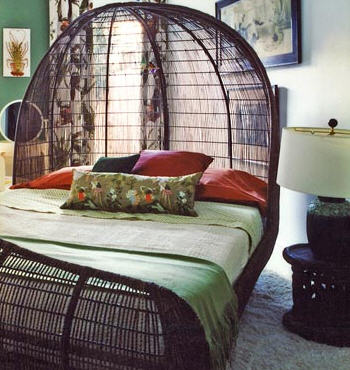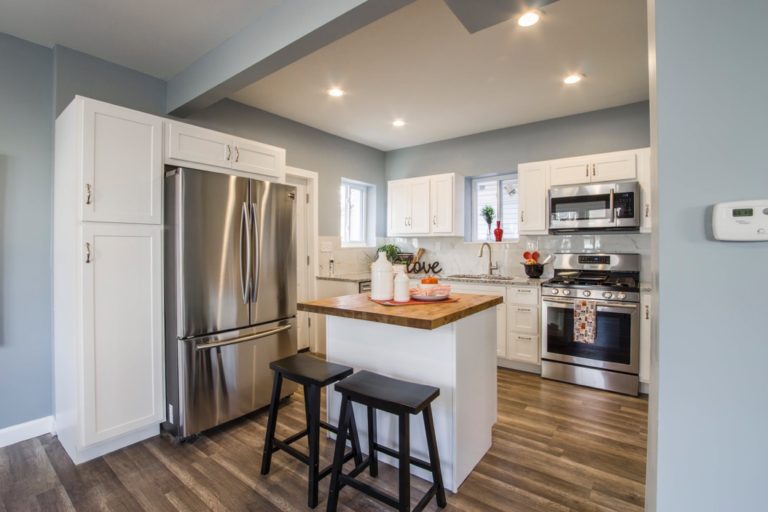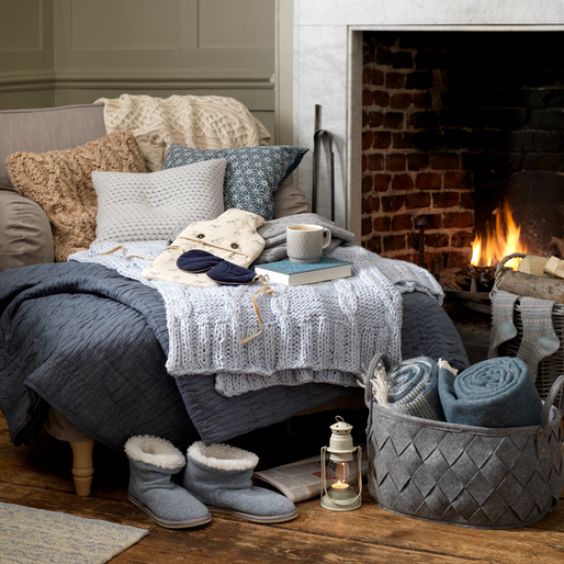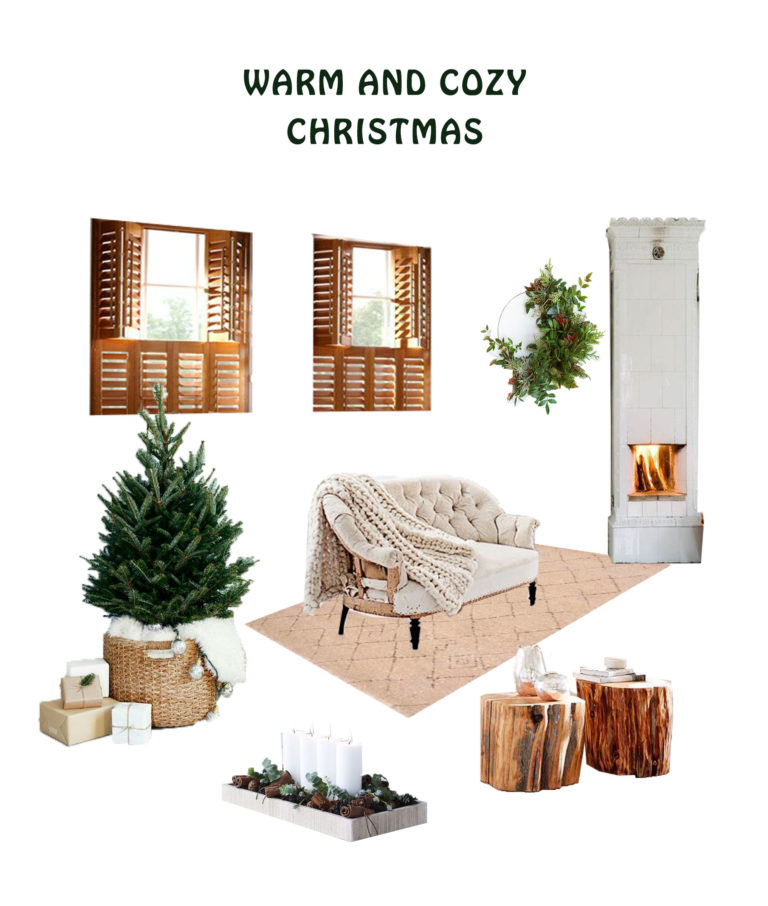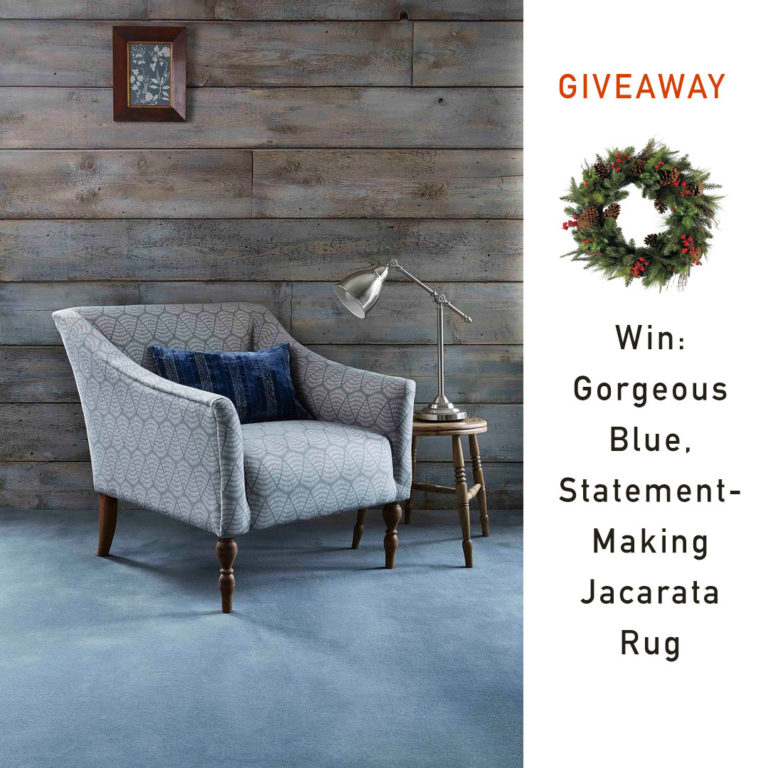Which Hardwood Edge is Right For Your Home?
Hardwood flooring is one of the most popular flooring choices for homes. They create a classic look that has stood the test of time. And it’s not just the aesthetic of hardwood flooring that has a long lifespan. When it is installed properly and received proper care, these floor can last for decades without needing to be replaced. Preparing for them can be tricky though, the species of wood, grain, colour, and the finish all need to be taken into account prior to installation. And the price point can vary greatly according to the decisions made. Standard hardwood typically can run from $2.50 to $12.75 per square foot. You can easily pay more however. Another good option is engineered hardwood which is essentially plywood with a hardwood top. This sells for a lower price and is ideal in rooms that dampness is a concern.
Before deciding on a hardwood floor, another important feature to take into account are the different hardwood flooring edge styles, and to understand the option that is best for your home. Edge treatments describe the cut and shape of the edge of the hardwood board. Each cut achieves a distinct appearance based on how the wooden planks fit together, meaning that the overall look of the room could be very different depending on what is selected. Typically there are four kinds of plank edges that you can choose from for what is best in your home.
Square Edge
Square edge are appropriately named borders of a plank of wood. It refers to the way that the planks of wood fit together on the floor. The planks placed next to each other will lay seamlessly, creating a straight line that won’t create any issues fitting them together. Square edges blend well with other flooring pieces and in rooms with mixed flooring. It is a clean and simple look and is an easy way to create a traditional, upscale appearance to the room. It is also happens to be the easiest of all the end styles to maintains since dirt and debris do not get caught between these boards.
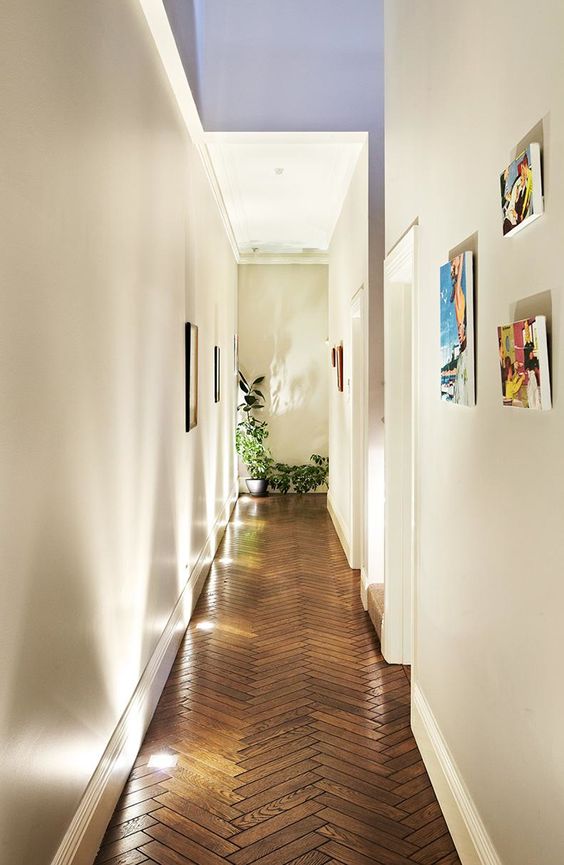
Beveled Edge
The beveled edge is a traditional feature in hardwood flooring. It refers to the grooves that are formed in the placement of the hardwood planks. It forms a “V” shape between the boards, making them appear outlined. It typically is has a urethane finish to ensure that dirt and debris can easily be cleaned out of the grooves. Beveled edges can lend the room a relaxed or rustic appearance. They also tend to be forgiving if installed over irregularly shaped subfloors, and of imperfections in installation.
Eased Edge
Eased edge flooring has also been call micro-beveled edges. It possesses all the same features as a beveled edge, just at a significantly more shallow. It helps to hide the same irregularities that beveled edges do, as well as cultivates the same relaxed look of the room although a little less casual. They are also easier to clean.
Micro Edge
Micro edge hardwood planks is the middle ground between beveled and square edges. It has a shallow groove around the planks, meaning they do not fit together as seamlessly as the square edges. The groove is 90 degrees perpendicular to the side of the plank making it easier to clean of dirt than the V of the beveled edged ones. This creates an effective framed look of each individual piece of wood.
There are many things that go into how the floor will look overall. When selecting an edge though it can be very straightforward. For a formal room the square and micro edges are the best options. They are also easy to clean and maintain. If moisture is a concern, the square is the most effective at preventing warping. For floors that are not even, the eased and beveled edges are the best bet. They will do a better job at hiding imperfections. They are also the direction to go in if you prefer a rustic look, or are hoping to create a relaxed space for you and your loved ones. For more advice and answers, your local tile store will be your best option to find answers.

